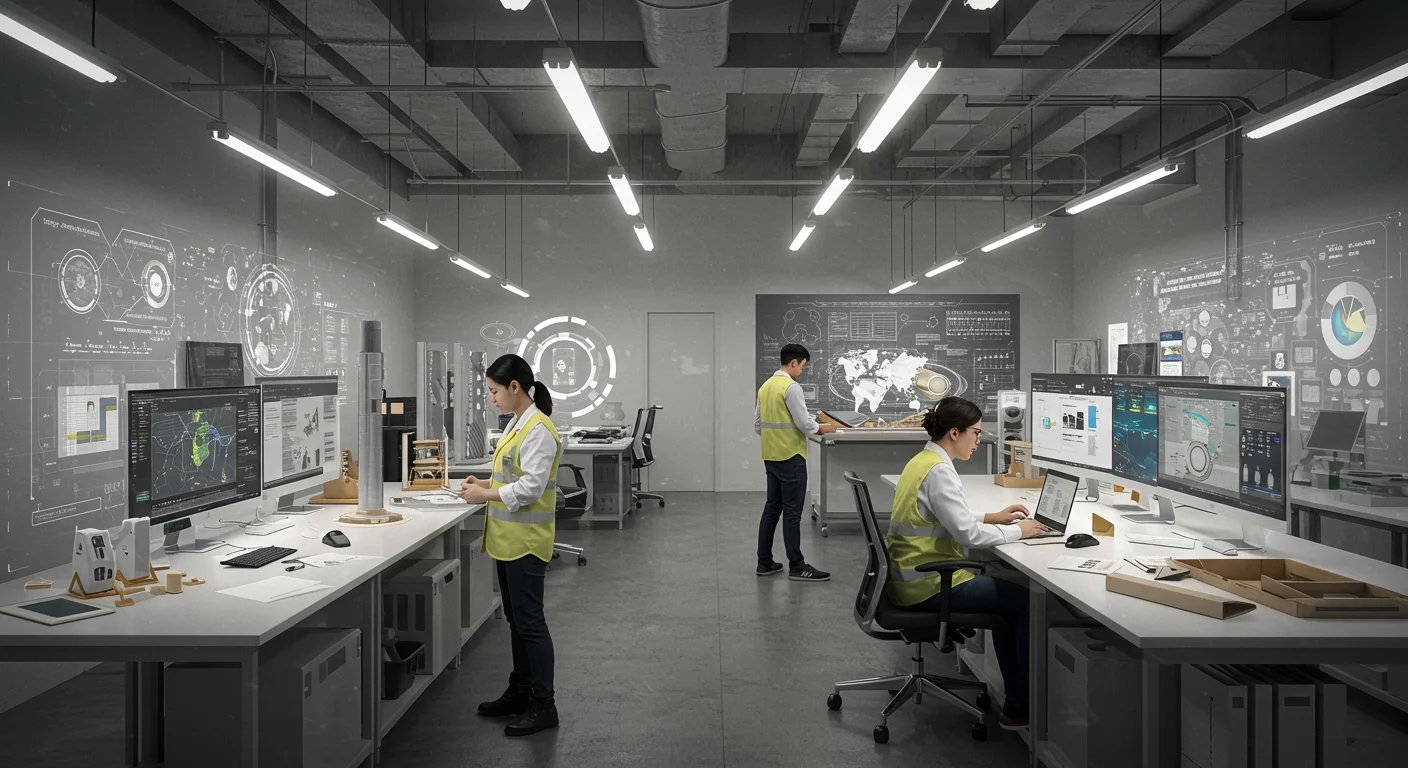7 Revolutionary Steps Towards Sustainability In Industrial Design
| Criteria | Traditional Design | Sustainable Design |
|---|---|---|
| Focus | New sales, low upfront cost | Lifecycle impact, value retention |
| Materials | Virgin, cheap, easily disposable | Recycled, renewable, non-toxic, biodegradable |
| End-of-Life | Landfill, incineration | Reuse, recycle, compost, remanufacture |
| Energy Use | High, reliance on fossil fuels | Optimized, renewable sources where possible |
| Product Lifespan | Often short, planned obsolescence | Long, durable, repairable, upgradable |
Despite the growing momentum, challenges persist. Higher upfront costs for sustainable materials and manufacturing processes can deter adoption. Supply chain complexities in sourcing eco-friendly inputs and establishing robust recycling infrastructure also pose hurdles. Consumer awareness and willingness to pay a premium for sustainable products remain critical. However, organizations like the Ellen MacArthur Foundation are leading the charge in promoting circular economy principles, providing frameworks and research to accelerate the transition.
The Future of Industrial Design: A Circular VisionThe ultimate goal for industrial design is to move towards a truly circular economy, where waste is eliminated, resources are kept in use, and natural systems are regenerated. This involves designing products that can be perpetually cycled, either through technical loops (reusing, repairing, recycling components) or biological loops (composting biodegradable materials). Concepts like 'product-as-a-service,' where companies retain ownership and maintain products, are gaining traction, ensuring maximum resource utilization. For more insights into material choices, explore our guide on Choosing Eco-Friendly Materials .
ConclusionSustainability in Industrial Design is more than a design trend; it's a fundamental shift towards a responsible and resilient future. By integrating sustainable principles from concept to disposal, industrial designers have the power to mitigate environmental impact, drive innovation, and create products that truly serve both humanity and the planet. The journey is complex, but the collective efforts of designers, manufacturers, and consumers will pave the way for a regenerative world where design is synonymous with environmental stewardship.
Legal Disclaimer:
MENAFN provides the
information “as is” without warranty of any kind. We do not accept
any responsibility or liability for the accuracy, content, images,
videos, licenses, completeness, legality, or reliability of the information
contained in this article. If you have any complaints or copyright
issues related to this article, kindly contact the provider above.
Most popular stories
Market Research

- Chicago Clearing Corporation And Taxtec Announce Strategic Partnership
- Everstake Expands Institutional Solana Services With Shredstream, Swqos, And Validator-As-A-Service
- Japan Smart Cities Market Size Is Expected To Reach USD 286.6 Billion By 2033 CAGR: 14.6%
- Alchemy Markets Launches Tradingview Integration For Direct Chart-Based Trading
- Blackrock Becomes The Second-Largest Shareholder Of Freedom Holding Corp.
- Pluscapital Advisor Empowers Traders To Master Global Markets Around The Clock




















Comments
No comment